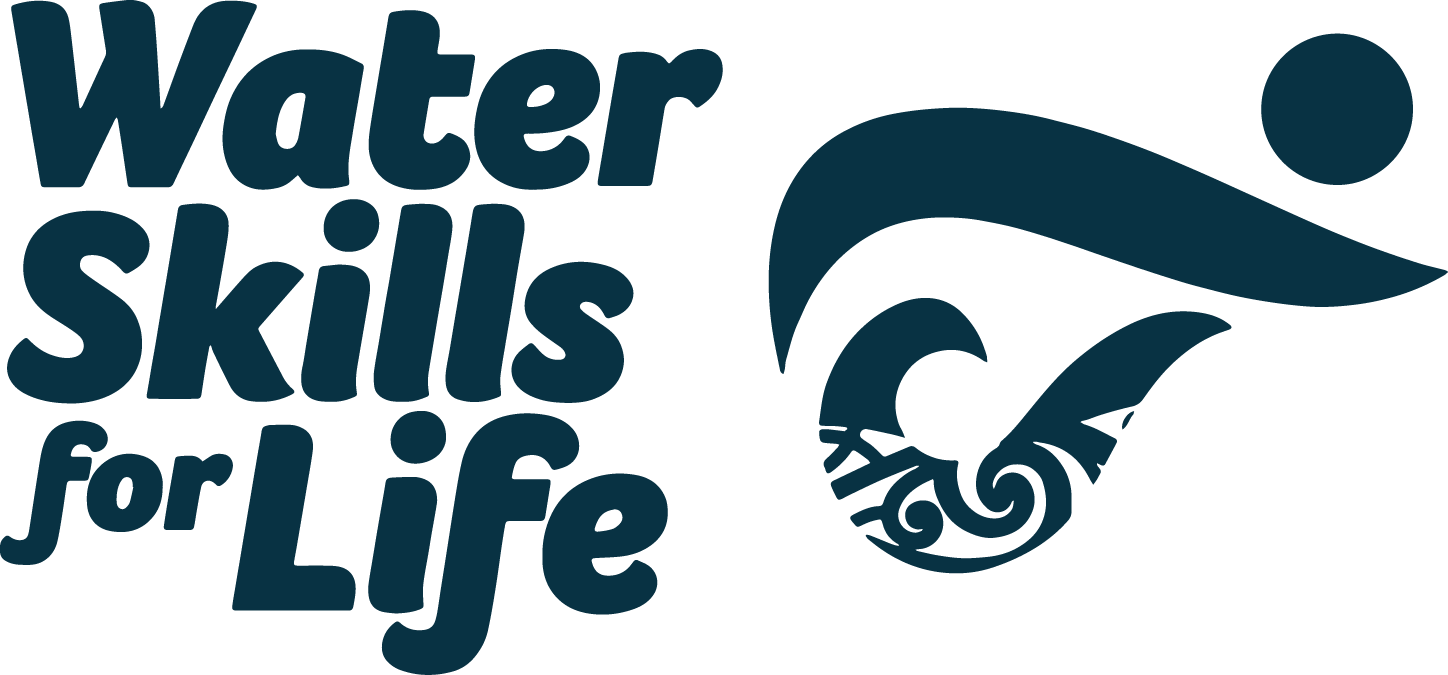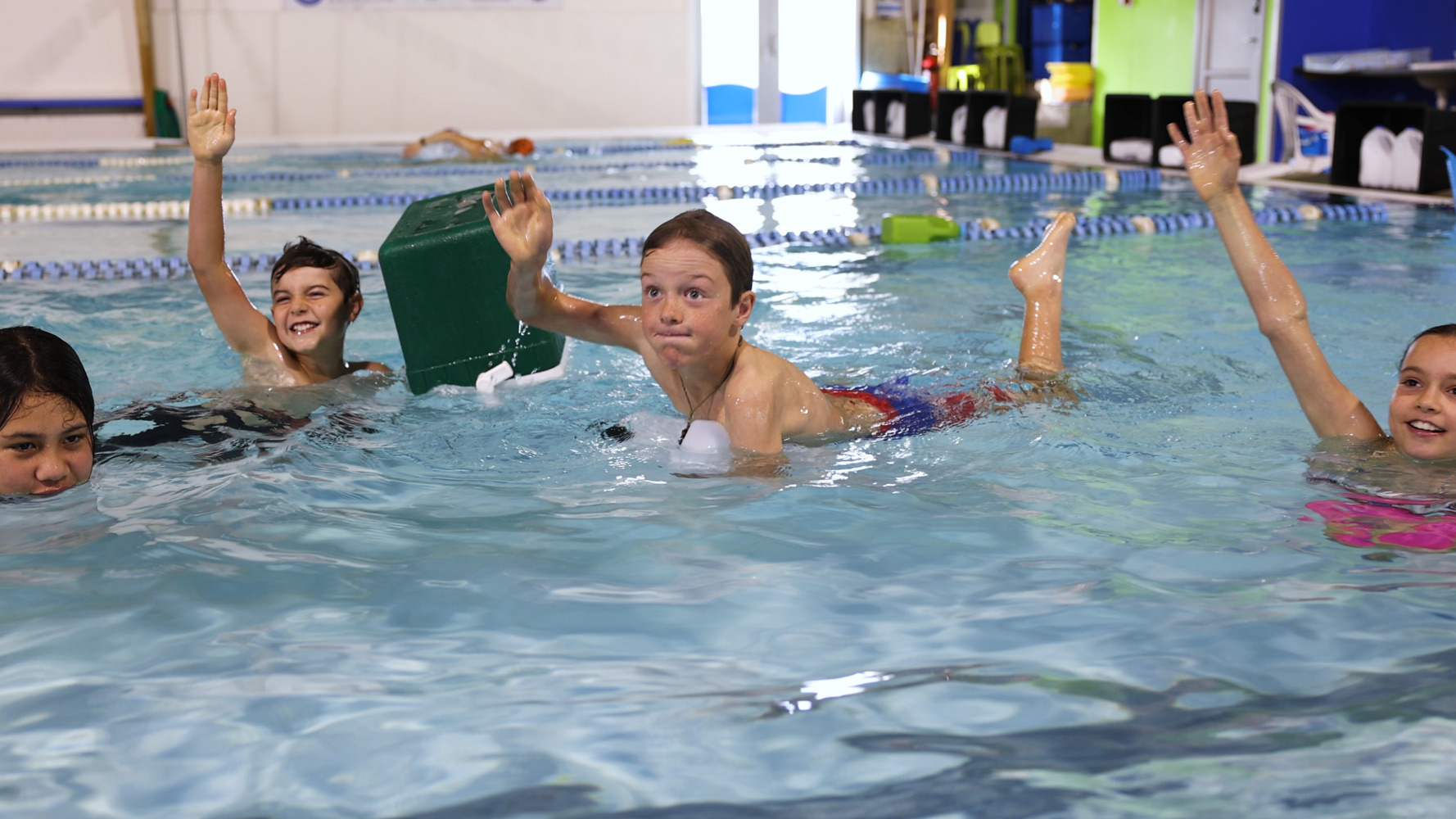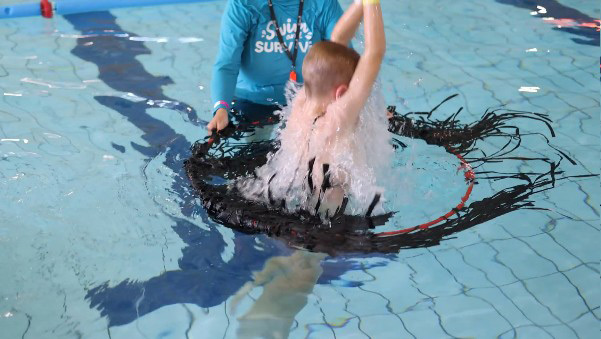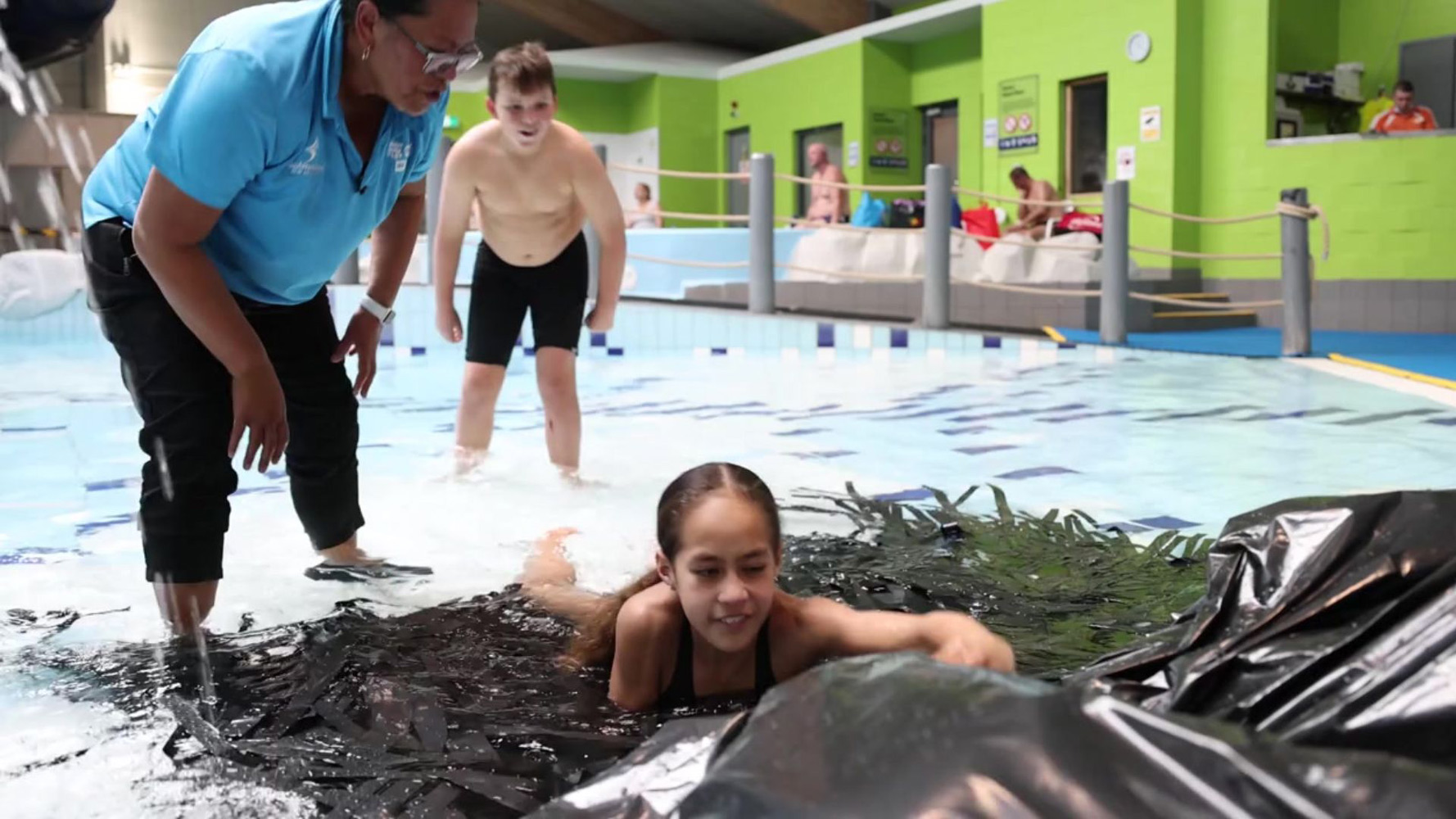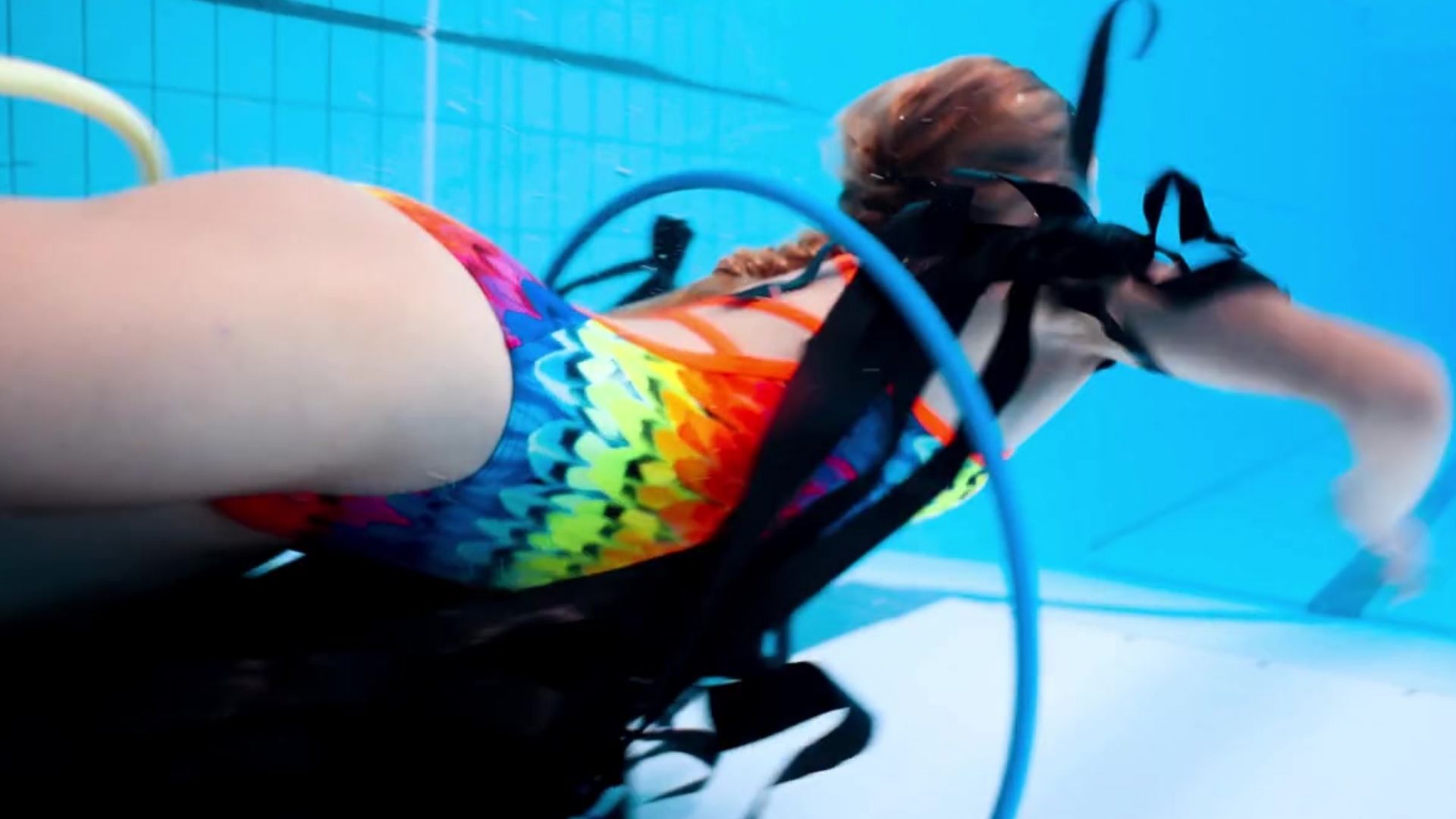Teaching Water Skills for Life
Your participation matters. The skills you teach today may be the life you save tomorrow.
Water Skills for Life can be taught by any school teacher or swim teacher in the classroom, aquatic facility or in the school pool. The programme is designed to be practical, easy to follow, and aligned to New Zealand’s national curriculum, giving you confidence that every lesson connects to wider learning goals.
Once you click on the button below, you’ll be directed to our e-learning platform. To access the platform, you’ll need to register for an account (unless you already have one with Sport Tutor). Simply click “Register here” at the bottom of the login page and complete the sign-up form.
